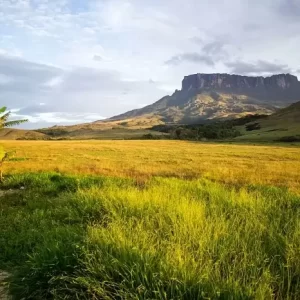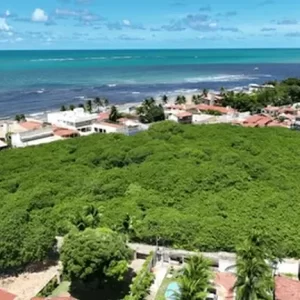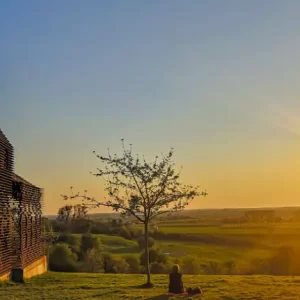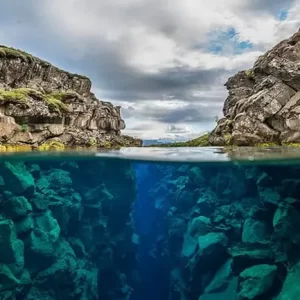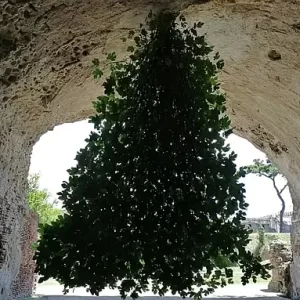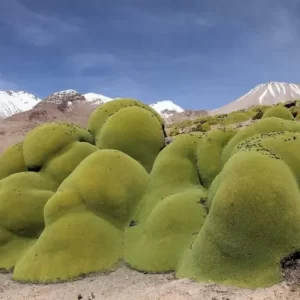Nestled within the arid, untamed landscape of the Outback, the Devils Marbles are a unique marvel that leaves visitors in awe. These massive granite boulders, precariously balanced and stacked, seem to defy gravity, sparking curiosity and a thirst for exploration. Beyond their surreal beauty, the Devils Marbles carry a fascinating geological history and profound spiritual significance for Australia’s Aboriginal people.
The Mystery of the “Devil’s Marbles”
Approximately 1.5 billion years ago, this region was a massive granite block. Over millions of years, rain, wind, and natural erosion wore away the softer surrounding rock, leaving behind the resilient granite boulders with their distinctive rounded shapes. Some stones have mysteriously split in half, while others rest delicately atop one another, creating a scene that is both spectacular and otherworldly.
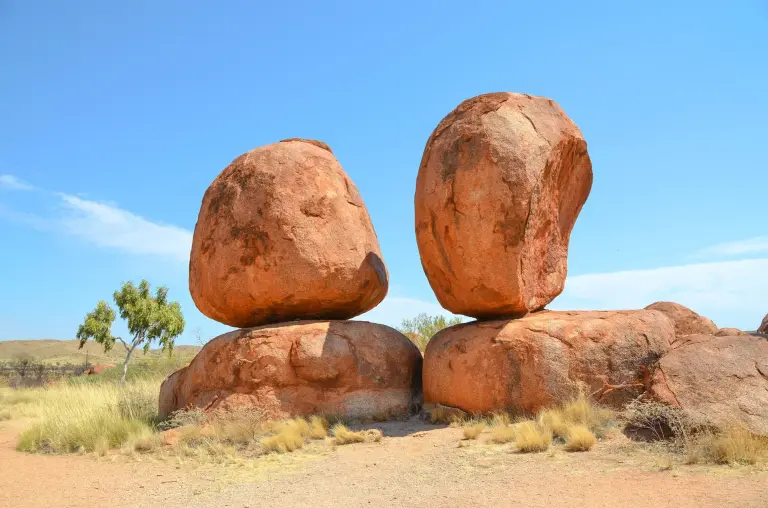
These enormous boulders, towering up to 6 meters (20 feet) high, are scattered across a vast expanse of the desert in the Devils Marbles Conservation Reserve, which spans 18 square kilometers. They are not only a natural wonder but also hold immense cultural and spiritual value for the Warumungu people and other Indigenous communities.
>> The mysterious ‘Musical Pillars’ of an ancient Indian temple that play music when struck
Karlu Karlu: A Sacred Landscape
To the Warumungu people, the Devils Marbles—known as Karlu Karlu in their language—are sacred and deeply connected to the Dreamtime, the Aboriginal period of creation. According to legend, these massive stones were created by ancestral spirits. The site is steeped in sacred stories and is considered an integral part of their cultural heritage.
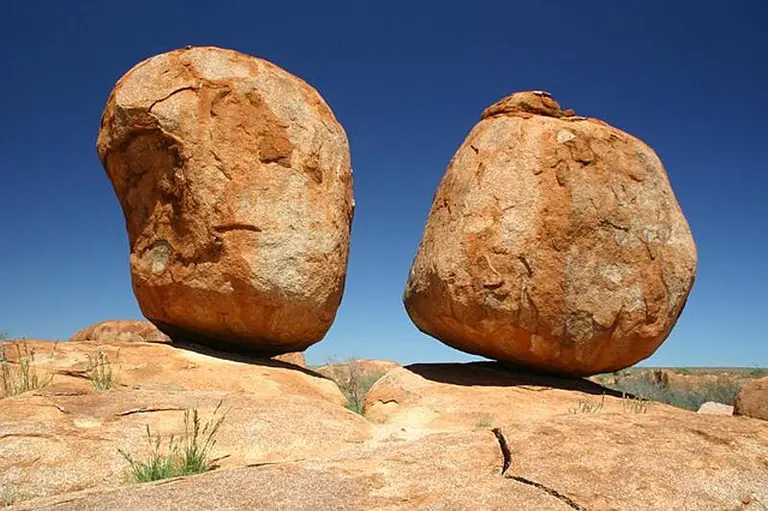
In 2008, the Devils Marbles were officially returned to their traditional custodians—a significant milestone in preserving and honoring Australia’s Indigenous heritage. Today, the site is co-managed by local Aboriginal communities and government authorities, ensuring a balance between tourism and cultural preservation.
>> An Abandoned Village Becomes a Tourism Sensation with Enchanting Treehouses in China
The Spectacular Beauty of the Stone Giants
Standing before the Devils Marbles, visitors are often overwhelmed by their majestic presence and the questions they pose. How have these rocks remained balanced for millions of years? Why do they possess such remarkably symmetrical shapes?
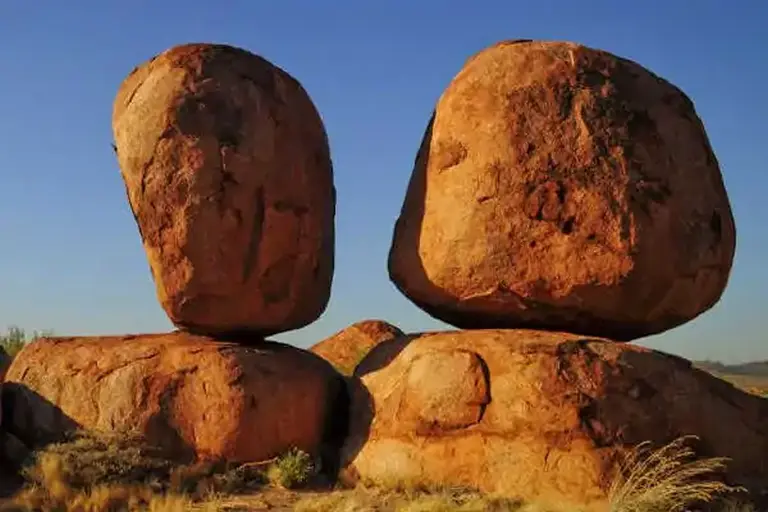
At sunrise and sunset, the scene becomes even more enchanting. The boulders glow with vibrant red hues, reflecting the sun’s light like giant lanterns in the desert. During the day, their shadows create captivating shapes that shift as the sunlight moves across the sky.
>> Unveiling Nature’s Ancient Wonder: Exploring A 3000-Year-Old Green Marvel
Journey to a Magical Land
The Devils Marbles are located 105 kilometers south of Tennant Creek and 393 kilometers north of Alice Springs, along the Stuart Highway. Visitors can easily access the site via a short road leading from the main highway.
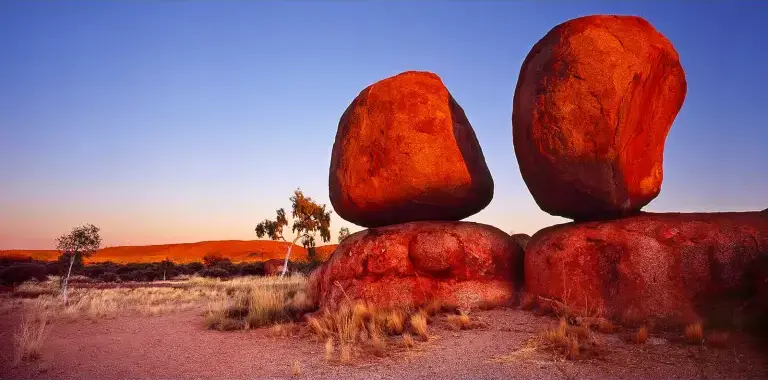
The conservation reserve also offers basic camping facilities, perfect for those wishing to stay overnight and experience the awe-inspiring sight of these massive stones under a star-filled sky. For the best experience, visit during the dry season (May to August) when the weather is more pleasant, and the morning or evening light creates breathtaking photo opportunities.
A Journey Through Time
The Devils Marbles are not just a geological wonder but a window into the earth’s ancient history and human culture. From their formation over a billion years ago to their spiritual significance in Aboriginal Dreamtime traditions, each boulder tells a story.
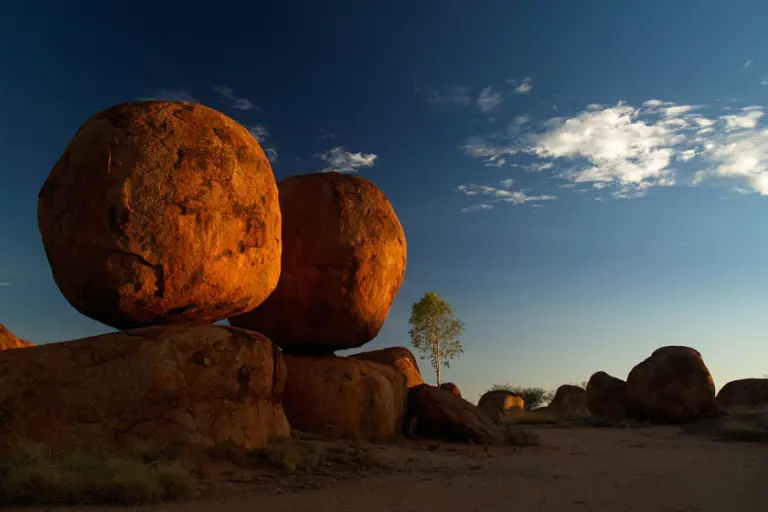
Standing amidst these colossal stone giants, you’ll feel a profound sense of humility in the face of nature’s power and the passage of time. At the same time, you’ll feel deeply connected to this ancient land. If you’re seeking an experience that is both mystical and awe-inspiring, the Devils Marbles are an unmissable destination on your journey through Australia.
>> Journey to Conquer Mount Roraima
Devils Marbles FAQ – Australia’s Sacred Balancing Rocks
What are the Devils Marbles?
The Devils Marbles (known as Karlu Karlu by the Warumungu people) are a collection of giant granite boulders, some of which appear to be precariously balanced on top of each other. They range in size, with some as tall as 6 meters (20 feet) wide.
Where are the Devils Marbles located?
Devils Marbles are found in the Northern Territory of Australia, roughly 100 km south of Tennant Creek and about 400 km north of Alice Springs, along the Stuart Highway. The site is easy to access by road.
Why are they called “Devils Marbles”?
The name was coined by early European settlers who thought the rocks looked like giant marbles scattered by a supernatural being. However, their traditional Aboriginal name, “Karlu Karlu,” means “round boulders.”
How were the Devils Marbles formed?
Over millions of years, geological processes caused solid granite to crack and erode, eventually forming the smooth, rounded shapes you see today. Weathering, temperature changes, and natural splitting played major roles in shaping these surreal rock formations.
Fun Fact: These boulders started forming about 1.7 billion years ago!
Are the Devils Marbles sacred?
Yes. Karlu Karlu is a deeply sacred site to the Aboriginal peoples of the area, especially the Warumungu, Kaytetye, Alyawarra, and Warlpiri. Many Dreamtime stories and spiritual traditions are linked to these rocks.
Visitors are encouraged to respect the cultural significance of the site — including avoiding climbing on certain rocks.
Can you visit the Devils Marbles?
Yes, the area is open to the public and is part of a Conservation Reserve. There are walking trails, picnic areas, interpretive signs, and even basic camping facilities nearby. Entry is free, but camping may involve a small fee.
What’s the best time to visit Devils Marbles?
The best times are:
- Early morning – when the sun casts soft golden light on the rocks
- Sunset – when the boulders glow red and orange against the Outback sky. The cooler months (May–September) are most comfortable for travel in the Northern Territory.
Can you climb on the Devils Marbles?
While some people do climb them, Aboriginal custodians request that visitors do not, out of respect for the site’s cultural significance. Signs at the reserve advise against climbing certain areas.
Is there camping available at Devils Marbles?
Yes. There’s a basic campground on-site with toilets and fire pits. It’s a great place to enjoy the Outback night sky, as there’s very little light pollution. Bring your own water and supplies, as facilities are limited.
What wildlife can I see in the area?
You might spot:
- Rock wallabies
- Lizards and geckos
- Birds of prey like kites and falcons
- Wild dingoes (occasionally – keep food secured)
Is it safe to visit Devils Marbles?
Yes, it’s safe if you:
- Stay on marked paths
- Respect signage
- Avoid climbing or disturbing sacred areas
- Carry enough water, especially in warmer months
Is there a visitor center or guide service?
There’s no official visitor center on-site, but interpretive signs explain the geology and Aboriginal stories. Guided tours may be available through operators in Tennant Creek or Alice Springs, especially for those wanting to learn more about the cultural meaning of Karlu Karlu.

